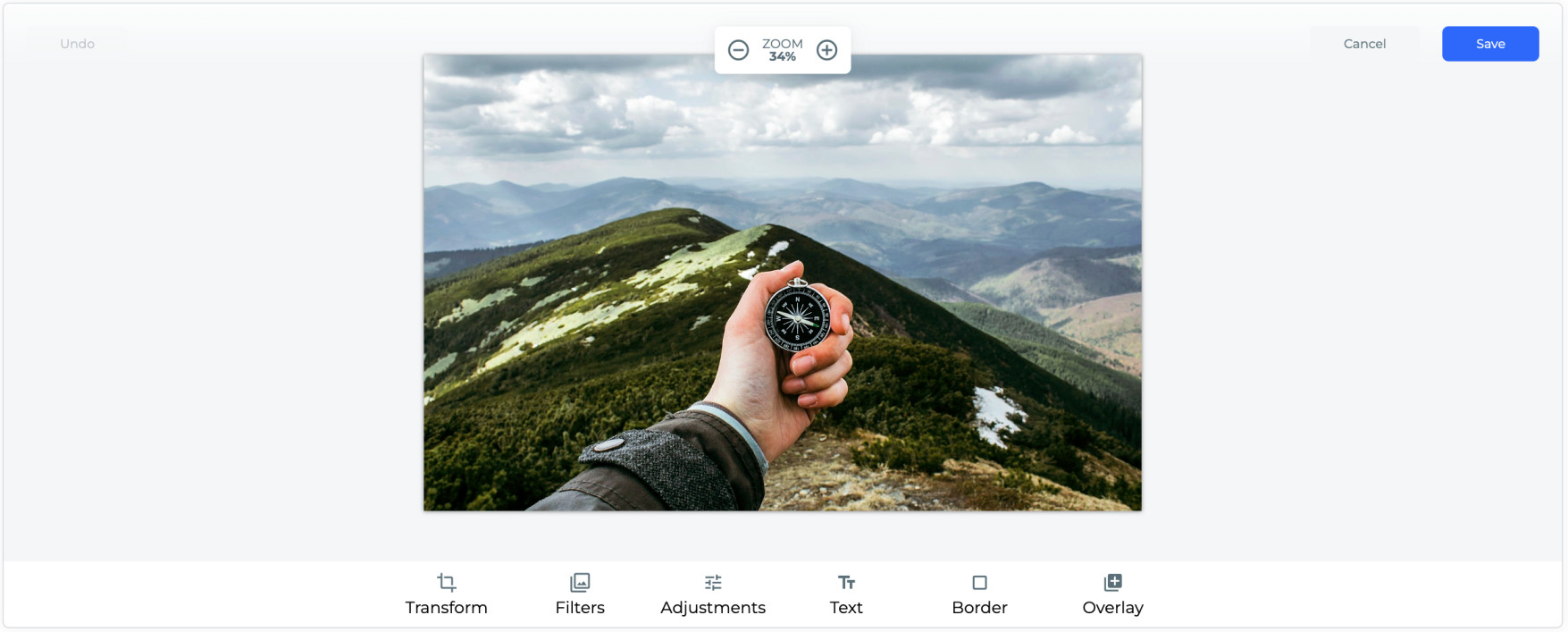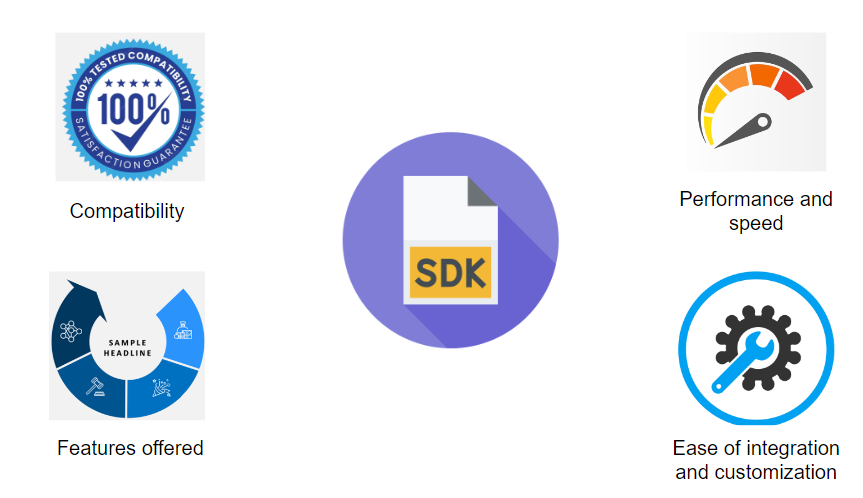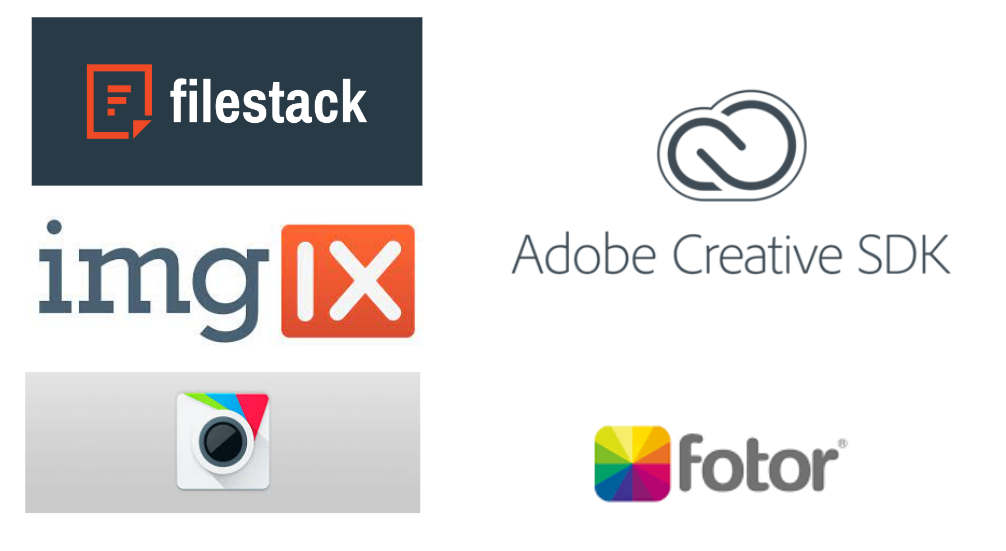The best free photo editing software is in higher demand as Android devices and apps continue to rule our digital life. It’s simple to become overwhelmed and perplexed when deciding which photo editing tool to use with the wealth of options on the market. However, incorporating a photo editing SDK is the best option if you want to give your consumers a top-notch photo editor experience. We’ve compiled a list of things to take into account in this post while choosing the best photo editing SDK for your app.
Overview of SDK
Let’s start off simply with what an SDK really is.
Defining SDK and How It Works

A software development kit (SDK) is a collection of resources and tools used by programmers to create software applications for a particular system or platform. It contains pre-built frameworks, libraries, and APIs to enhance developer experience in creating applications more quickly and effectively. Developers can simply and securely add particular capabilities to their apps by utilizing an SDK.
Importance of SDK for Photo Editing
If developers want to give users access to professional photo editing tools, they must integrate a photo editing SDK into their program. Photo editing SDK offers a complete set of tools and functionalities. This enables developers to create an image editor feature fast and efficiently. By doing this, less effort and money would be required than otherwise to develop editing features from the start. Additionally, utilizing the photo editing SDK guarantees that the editing tools are dependable, consistent, and operate without a hitch across various platforms and devices.
Key Factors to Consider When Choosing a Photo Editing SDK
- It’s crucial to pick a photo editing SDK that works with the platform and coding language you’ve decided on for your app.
- A good photo editing SDK should have filters, cropping, scaling, text overlay, and features to increase the resolution of images.
- In order to give consumers a fluid and effective editing experience, the photo editing SDK’s speed and performance are essential.
- It shouldn’t take a lot of programming expertise to include the photo editing SDK into the app’s core.
5 Popular Photo Editing SDKs on the Market Today
The following is a list of 5 top photo editing SDKs.
- Filestack is a popular photo editing SDK that offers a range of editing features. It is simple to integrate with other apps because it supports a wide variety of platforms, programming languages, and devices like Filestack’s Android SDK and Filestack web SDK. The SDK also provides quick and dependable picture processing, making the editing features effective and smooth.
- Imgix is a cloud-based web picture editing SDK with a number of functions, including filters, cropping, and scaling. The editing features are seamless and effective because of the SDK’s quick and dependable image processing. However, Imgix’s cloud-based strategy might not be appropriate for apps that need the ability to edit images offline.
- Adobe Creative SDK is suitable for developers that work with Adobe technologies. They favor the SDK because it enables simple integration with other Adobe Creative Cloud applications. You can also request a commercial license and support requests from them. The Adobe Creative SDK can be pricey, though, which makes it less appropriate for smaller developers or companies.
- Aviary is a photo editing SDK that supports a variety of development languages. The SDK offers a simple integration procedure and thorough developer support. However, compared to other picture editing SDKs on the market, Aviary’s new features might not be as extensive and are known for bug reports.
- Fotor is a photo editing SDK that supports a variety of programming languages. It is compatible with the iOS and Android operating systems. However, Fotor SDK may not have as many functionalities as other picture editing SDKs. This makes it less appropriate for apps that need sophisticated editing skills.
How to Test and Evaluate a Photo Editing SDK
Examining each component of the photo editing SDK is necessary for testing and evaluation. This covers its performance, speed, dependability, and usability. In this context, we’ll go through how to set up and test the Filestack Photo Editing SDK.
We must configure the Filestack Photo Editing SDK before we can begin testing. The first step is to include Transformations’ UMD module in your code and integrate it with your website. To do this, we can include the following script in our HTML file:
<script src="https://static.filestackapi.com/transforms-ui/2.x.x/transforms.umd.min.js"></script>
<link rel="stylesheet" href="https://static.filestackapi.com/transforms-ui/2.x.x/transforms.css" />Once the script has been added, we can get the container ready to show the transformed images. The following code can be added to accomplish this:
<div style="text-align:center;">
<img id="result" style="width:600px" /></div>The following code should be included after the container has been configured to initialize the Transformations UI:
const tr = new FilestackTransform('API_KEY')
tr.open(FILE_URL).then(res => { // replace FILE_URL with the link to the image
document.getElementById('result').src = res // display result of the transformations
})Using the Transformations UI, this code will enable us to transform photos. By examining the user-friendliness with a live preview of the interface and the ease with which various picture changes may be applied, we can test for usability.
Conclusion
It’s important to carefully evaluate aspects like ease of integration, customization possibilities, all the features, and pricing when selecting the best photo editor SDK for your app. It’s critical to choose an SDK that provides a seamless user experience and caters to the specific requirements of your app. A great option if you’re seeking a dependable and flexible photo editing SDK is Filestack’s collection of APIs. For developers wishing to improve their photo editing skills, Filestack offers a strong solution with simple integration, extensive features, and adaptable pricing choices. Take your app to the next level by giving it a try right now!
FAQs
What Is the Best Free Photo Editing Software?
It depends on your need, but Filestack, Pixlr, GIMP, and Photoshop are popular choices.
Can I Use Free Photo Editing Software for Professional Work?
Yes, you can.
Is It Legal to Use Free Photo Editing Software?
Yes, it is.
Do I Need a Computer to Run Free Photo Editing Software?
Most software requires only a normal computer.
Shanika Wickramasinghe is a software engineer by profession and a graduate in Computer Science. Her specialties are Web and Mobile Development. Shanika considers writing the best medium to learn and share her knowledge. She is passionate about everything she does, loves to travel, and enjoys nature whenever she takes a break from her busy work schedule.
Read More →


